Canada CPI accelerated to 2.4% yoy in January, up from 2.2% yoy, beat expectation of 2.2% yoy. CPI common slowed to 1.8% yoy, down from 2.0% yoy, missed expectation of 2.0% yoy. CPI median was unchanged at 2.2% yoy, matched expectations. CPI trimmed was unchanged at 2.1% yoy, missed expectation of 2.2% yoy.
UK CPI rose to 10.1% yoy in Sep, Food prices up 14.6% yoy
UK CPI rose 0.5% mom in September, above expectation of 0.4% mom. In the 12 months to September, CPI accelerated from 9.9% yoy to 10.1% yoy, above expectation of 10.0% yoy. That’s the highest level since around 1982 based on modelled estimates. CPI core also rose from 6.3% yoy to 6.5% yoy, above expectation of 6.4% yoy.
ONS said: “Rising food prices made the largest upward contribution to the change in both the CPIH and CPI annual inflation rates between August and September 2022. The continued fall in the price of motor fuels made the largest, partially offsetting, downward contribution to the change in the rates.”
Food and non-alcoholic beverage prices accelerated from 13.1% yoy to 14.6% yoy. After 14 consecutive months of acceleration, current rate is estimated to be the highest since 1980.
Also released, RPI came in at 0.7% mom, 12.6% yoy versus expectation of 0.5% mom, 12.4% yoy. PPI input was at 0.4% mom, 20.0% yoy. PPI output was at 0.2% mom, 15.9% yoy. PPI output core was at 0.7% mom, 14.0% yoy.
Eurozone PMI manufacturing finalized at 48.5, output at 50.1
Eurozone PMI Manufacturing was finalized at 48.5 in February, down from January’s 48.8. Manufacturing output was finalized at 50.1, up from 48.9, a 9-month high.
Looking a some member states, readings for Italy (52.0, 10-mont high), Greece (51.7, 9-month high), Ireland (51.3, 4-month high), and Spain (50.7, 8-month high) improved. The Netherlands (48.7, 2-month low), France (47.4, 4-month low), Austria (47.1, 3-month low), and Germany (46.3, 3-month low) deteriorated.
Chris Williamson, Chief Business Economist at S&P Global Market Intelligence said:
“A marginal expansion of output reported by Eurozone manufacturers in February is welcome news in representing the first increase since last May… Unfortunately, inflows of new orders continued to fall at a marked rate, reflecting persistent weak demand… In the meantime, the combination of improved supply and sustained weak demand – as well as lower energy prices – is helping bring inflationary pressures down sharply”.
ECB Makhlouf: Must remain steadfast and ready to act as required
ECB Governing Council member Gabriel Makhlouf emphasized the need for vigilance regarding the lagging effects of monetary policy on growth and inflation.
He said today, “We must remain alert to the longer lags in the transmission of monetary policy to growth and inflation.” He highlighted the importance of evaluating the impact of past monetary policy decisions on the economy when determining further action.
Makhlouf also stressed that the ECB “must remain steadfast and ready to act as required” to ensure that inflation returns to its target level over the medium-term.
He added that interest rates must be maintained at a restrictive level to dampen demand, implying a continued cautious approach by the ECB in managing inflation expectations and economic growth.
Into US session: Sterling higher in quiet trading, Kiwi weak
Entering into US session, Sterling catches a bid and is trading as the strongest one for today so far. Swiss Franc follows as the second strongest, then Dollar. On the other hand, New Zealand Dollar is the worst performing one, followed by Euro and than Australian Dollar. Though most of the pairs are bounded in Friday’s range, with the exception of GBP/USD and EUR/AUD only.
In other markets, European indices are generally higher today, with DAX leading the way up 0.96% at the time of writing. CAC is up 0.62% while FTSE is up 0.33%. 10 year German bund yield trades nearly flat today, up 0.005 at 0.311. Italian 10 year yield eased back, down -0.047 at 3.075.
In Asia, Nikkei closed down -0.32% while Singapore Strait Times lost -0.15%. But China Shanghai SSE rose 1.1% to 2698.47, can’t get hold of 2700. Hong Kong HSI rose 1.41%. 10 year JGB yield rose 0.0001 to 0.095.
The economic calendar is rather empty today. Main features are speeches of BoC Governing Council member Wilkins, Fed Bostic and Bundesbank head Weidmann.
RBA kept cash rate at 1.5%, raised growth forecast, full statement
RBA left cash rate unchanged at 1.50% as widely expected. Overtone is affirmative but as the improve in wages growth and inflation would be gradual, RBA is in no rush to raise interest rate.
Here are some key points in the statement
- GDP growth forecasts for 2018 and 2019 were “revised up a little” to around 3.5%.
- GDP growth would slow in 2020 due to “slower export growth or resources”.
- Growth in household consumption is “one continuing source of uncertainty” due to low income growth, high debt levels and some decline in asset prices.
- Stronger than expected terms of trade are expected to “decline over time” but stay at relatively high level.
- Labor market outlook “remains positive” and unemployment rate is expected to drop further to around 4.75% in 2020.
- Rise is wages growth is “still expected to be a gradual process”.
- Inflation outcomes were inline with expectations. CPI is expected to pickup over the next couple of years, gradually.
- CPI is forecast to be at 2.25% in 2019 and a bit higher in 2020.
Here is the full statement.
Statement by Philip Lowe, Governor: Monetary Policy Decision
At its meeting today, the Board decided to leave the cash rate unchanged at 1.50 per cent.
The global economic expansion is continuing. A number of advanced economies are growing at an above-trend rate and unemployment rates are low. Growth in China has slowed a little, with the authorities easing policy while continuing to pay close attention to the risks in the financial sector. Globally, inflation remains low, although it has increased due to both higher oil prices and some lift in wages growth. A further pick-up in inflation is expected given the tight labour markets and, in the United States, the sizeable fiscal stimulus. One ongoing uncertainty regarding the global outlook stems from the direction of international trade policy in the United States.
Financial conditions in the advanced economies remain expansionary but have tightened somewhat recently. Equity prices have declined and yields on government bonds in some economies have increased, although they remain low. There has also been a broad-based appreciation of the US dollar this year. In Australia, money-market interest rates have declined recently, after increasing earlier in the year. Standard variable mortgage rates are a little higher than a few months ago and the rates charged to new borrowers for housing are generally lower than for outstanding loans.
The Australian economy is performing well. Over the past year, GDP increased by 3.4 per cent and the unemployment rate declined to 5 per cent, the lowest in six years. The forecasts for economic growth in 2018 and 2019 have been revised up a little. The central scenario is for GDP growth to average around 3½ per cent over these two years, before slowing in 2020 due to slower growth in exports of resources. Business conditions are positive and non-mining business investment is expected to increase. Higher levels of public infrastructure investment are also supporting the economy, as is growth in resource exports. One continuing source of uncertainty is the outlook for household consumption. Growth in household income remains low, debt levels are high and some asset prices have declined. The drought has led to difficult conditions in parts of the farm sector.
Australia’s terms of trade have increased over the past couple of years and have been stronger than earlier expected. This has helped boost national income. While the terms of trade are expected to decline over time, they are likely to stay at a relatively high level. The Australian dollar remains within the range that it has been in over the past two years on a trade-weighted basis, although it is currently in the lower part of that range.
The outlook for the labour market remains positive. With the economy growing above trend, a further reduction in the unemployment rate is expected to around 4¾ per cent in 2020. The vacancy rate is high and there are reports of skills shortages in some areas. Wages growth remains low, although it has picked up a little. The improvement in the economy should see some further lift in wages growth over time, although this is still expected to be a gradual process.
Inflation remains low and stable. Over the past year, CPI inflation was 1.9 per cent and, in underlying terms, inflation was 1¾ per cent. These outcomes were in line with the Bank’s expectations and were influenced by declines in some administered prices due to changes in government policies. Inflation is expected to pick up over the next couple of years, with the pick-up likely to be gradual. The central scenario is for inflation to be 2¼ per cent in 2019 and a bit higher in the following year.
Conditions in the Sydney and Melbourne housing markets have continued to ease and nationwide measures of rent inflation remain low. Growth in credit extended to owner-occupiers has eased but remains robust, while demand by investors has slowed noticeably as the dynamics of the housing market have changed. Credit conditions are tighter than they have been for some time, although mortgage rates remain low and there is strong competition for borrowers of high credit quality.
The low level of interest rates is continuing to support the Australian economy. Further progress in reducing unemployment and having inflation return to target is expected, although this progress is likely to be gradual. Taking account of the available information, the Board judged that holding the stance of monetary policy unchanged at this meeting would be consistent with sustainable growth in the economy and achieving the inflation target over time.
US initial claims dropped to 211k, Q4 GDP revised down to 2.2% only
US initial jobless claims dropped -5k to 211k in the week ending March 23, below expectation of 220k. Four-week moving average of initial claims dropped 3.25k to 217.25k.
Continuing claims rose 13k to 1.756M in the week ending March 16. Four-week moving average dropped -4.25k to 1.751M.
Q4 GDP growth was finalized at 2.2% annualized, revised down from 2.6% and missed expectation of 2.4%. That’s sharply slower from Q3’s 3.4%. Real GDP grew only 2.9% in 2018, up from 2.2% in 2017 but was below 3.0% handle.
US crude oil inventories dropped -1.7m barrels, WTI breaches 55
US commercial crude oil inventories (excluding those in the Strategic Petroleum Reserve) dropped -1.7m barrels in the week ending October 18, versus expectation of 2.5m barrels increase. At 433.m barrels, crude oil inventories are at the five year average for this time of year.
WTI crude oil’s recovery from 50.86 extends higher after the realize. The support from 4 hour 55 EMA is a bullish sign. But structure of the price actions from 50.86 remains corrective look. Hence, it’s still seen as in a corrective face for now. That is, another fall could be seen to test 50 psychological level before bottoming. Meanwhile, break of 54.71 will indicate near term reversal and target 63.04 resistance.
Eurozone retail sales dropped -1.2% mom in Jun, EU down -1.3% mom
Eurozone retail sales dropped -1.2% mom in June versus expectation of 0.1% mom rise. The volume of retail trade decreased by -2.6% mom for non-food products, by -1.1% for automotive fuels mom and by -0.4% mom for food, drinks and tobacco.
EU retail sales dropped -1.3% mom. Among Member States for which data are available, the largest monthly decreases in the total retail trade volume were registered in Denmark (-3.8%), the Netherlands (-3.4%) and Estonia (-2.4%). Increases were observed in Ireland and Malta (both +0.5%), Finland (+0.3%) and Austria (+0.2%).
UK GDP contracted -2.9% mom in Jan, as dragged by services
UK GDP contracted -2.90% mom in January, better than expectation of -4.9% mom. Services was the main drag, due to restrictions, and dropped -3.5% mom. Production sector dropped -1.5% mom, following eight consecutive month of growth. Construction saw 0.9% mom growth.
Overall GDP was -9% below the pre-pandemic level seen in February 2020. Services was down -10.2% from that level, production down -5.0%, manufacturing down -4.7%, construction down -2.6%.
BoC Macklem: Inflation probably taking a little longer to come back down
BoC Governor Tiff Macklem said yesterday that supply bottlenecks are “not easing as quickly as expected”. Global inflation is “probably going to take a little longer to come back down”.
But he also added, the central bank’s job is “to make sure that these one-off price increases don’t become ongoing inflation.” He maintained, “there’s good reasons to believe that these are one-off price increases. They won’t create ongoing inflation.”
On the job market, Macklem said returning to the prepandemic employment level “is an important milestone, but it’s not the destination”. He added, “it is still the case though that low-wage workers are well below their prepandemic level, whereas other workers have slowly recovered. So there still is some space there.”
Fed keeps interest rate unchanged at 5.25-5.50%, full statement
Fed keeps interest rates unchanged at 5.25-5.50% as widely expected, by unanimous vote.
Full statement below:
Recent indicators suggest that economic activity expanded at a strong pace in the third quarter. Job gains have moderated since earlier in the year but remain strong, and the unemployment rate has remained low. Inflation remains elevated.
The U.S. banking system is sound and resilient. Tighter financial and credit conditions for households and businesses are likely to weigh on economic activity, hiring, and inflation. The extent of these effects remains uncertain. The Committee remains highly attentive to inflation risks.
The Committee seeks to achieve maximum employment and inflation at the rate of 2 percent over the longer run. In support of these goals, the Committee decided to maintain the target range for the federal funds rate at 5-1/4 to 5-1/2 percent. The Committee will continue to assess additional information and its implications for monetary policy. In determining the extent of additional policy firming that may be appropriate to return inflation to 2 percent over time, the Committee will take into account the cumulative tightening of monetary policy, the lags with which monetary policy affects economic activity and inflation, and economic and financial developments. In addition, the Committee will continue reducing its holdings of Treasury securities and agency debt and agency mortgage-backed securities, as described in its previously announced plans. The Committee is strongly committed to returning inflation to its 2 percent objective.
In assessing the appropriate stance of monetary policy, the Committee will continue to monitor the implications of incoming information for the economic outlook. The Committee would be prepared to adjust the stance of monetary policy as appropriate if risks emerge that could impede the attainment of the Committee’s goals. The Committee’s assessments will take into account a wide range of information, including readings on labor market conditions, inflation pressures and inflation expectations, and financial and international developments.
Voting for the monetary policy action were Jerome H. Powell, Chair; John C. Williams, Vice Chair; Michael S. Barr; Michelle W. Bowman; Lisa D. Cook; Austan D. Goolsbee; Patrick Harker; Philip N. Jefferson; Neel Kashkari; Adriana D. Kugler; Lorie K. Logan; and Christopher J. Waller.
Eurozone exports rose 14.0% yoy in Mar, imports rose 35.4% yoy
Eurozone exports of goods rose 14.0% yoy to EUR 250.1B in March. Imports rose 35.4% yoy to EUR 266.5B. Trade deficit came in at EUR 16.4B. Intra-Eurozone trade rose 21.2% yoy to EUR 236.8B.
In seasonally adjusted terms, Eurozone exports rose 0.9% mom to EUR 225.3B. Imports rose 3.5% mom to EUR 242.8B. Trade deficit widened from EUR -11.3B to EUR -17.6B, versus expectation of EUR 2.3B surplus. Intra-Eurozone trade rose from February’s EUR 207.2B to EUR 210.3B.
European update: Sentiments weighed down by Eurozone and China data, NZD and AUD weakest, Yen Strong
Worries on global slowdown dominates the markets today. It started with weaker than expected Chinese data which prompted selloff in Asian stocks. Poor Eurozone PMI composite, which dropped to 49-month low, could have intensified selling. But sentiments somewhat stabilized slightly after China announced to suspend retaliatory tariffs on US autos and parts for three months. Still, European indices are in deep red.
In the currency markets, New Zealand and Australian Dollar are the weakest ones for today, breaking yesterday’s lows against most other major currencies. Sterling is the third weakest after UK Prime Minister Theresa May got nothing but vague assurances from the EU regarding Irish backstop. Yen and Dollar are the strongest ones.
For the week, Dollar is the strongest, followed by Canadian and Aussie. Sterling remains the weakest on Brexit, followed by Kiwi and then Euro.
In European markets, at the time of writing:
- FTSE is down -0.78%
- DAX down -1.02%
- CAC down -0.99%
- German 10 year yield is down -0.0248 at 0.261
- Italian 10 year yield is up 0.007 at 2.975
- German-Italian spread is at 271, positive development
Earlier in Asia:
- Nikkei dropped -2.02% to 21374.83
- Hong Kong HSI dropped -1.62% to 429.56
- China Shanghai SSE dropped -1.53% to 2593.74
- Singapore Strait Times dropped -1.09% to 3077.09
Japan 10 year JGB yield dropped -0.019 to 0.035. It’s a bit early to tell. But based on current momentum 2018 low at 0.017 is within reach. Sentiments had a big turn since October.
China Caixin PMI services rose to 54.9, but still faces enormous downward pressure
China Caixin PMI Services rose from 50.3 to 54.9 in July, well above expectation of 54.9. PMI Composite rose from 50.6 to 53.1.
Wang Zhe, Senior Economist at Caixin Insight Group said: “As the July surveys of Caixin China PMIs were conducted after the epidemic in Guangdong province was brought under control, and before Covid-19 resurged in Jiangsu province, the services sector expanded rapidly, though the manufacturing sector was slightly weaker.
The resurgence of the epidemic in some parts of China at the end of July is expected to hurt August’s PMI readings. China’s official second-quarter economic figures were in line with expectations, but the Caixin China PMIs in July suggest that the economic recovery is not on sure footing. The economy still faces enormous downward pressure, and we need to ensure business owners remain confident.”
Into US session: Sterling suffers fresh selling, Dollar strongest
Entering into US session, Dollar is the strongest one for today and is making some progresses on rally attempt. USD/CAD has taken out 1.3340 resistance which completes a near term head and shoulder reversal pattern. But at this point, the greenback still fails to break near term resistance against Euro, Swiss and Aussie yet. Boston Fed Eric Rosengren’s speech provides little inspiration. And the greenback might look into ISM services.
At this point, Euro is the second strongest one, followed by Swiss Franc. Data from Eurozone continue to paint a picture that the worst is behind. Italy services PMI rose to 50.4, back above 50. France PMI services was revised up to 50.2, back above 50. Eurozone PMI services was also revised up to 52.8. Retail sales rose 1.3% mom. German 10-year yield is back above 0.18 but European stocks shrug.
Meanwhile, Sterling suffers fresh selling at the moment and is trading as the weakest one. Weaker than expected PMI services provide no support. There’s report that UK isn’t expecting a breakthrough on Irish backstop when Attorney General Geoffrey travels to Brussels tonight. But it’s hardly any news. Commodity currencies follow as next weakest.
In Europe, currently:
- FTSE is up 0.35%.
- DAX is down -0.28%.
- CAC is down -0.25%.
- German 10-year yield is up 0.0201 at 0.183.
Earlier in Asia:
- Nikkei dropped -0.44%.
- Hong Kong HSI rose 0.01%.
- China Shanghai SSE rose 0.88%.
- Singapore Strait Times dropped -0.52%.
- Japan 10-year JGB yield rose 0.008 to 0.009.
Trump claims winning, Kudlow talks down loosening of Huawei ban
A day after the meeting with Xi, Trump claimed on Sunday, in South Korea, that the US is “winning big because we have created an economy that is second to none”. And, “we’re collecting 25 percent on $250 billion, and China is paying for it, as you know, because, as you notice, our inflation hasn’t gone up.”
Trump further claimed that “China has devalued their currency in order to pay for the tariffs… And in addition to devaluing, they’ve also pumped a lot of money into their economic model… They’ve been pumping money in. We haven’t. We’ve been retracting. We’ve been raising interest rates and they’ve been lowering interest rates.”
Separately, the loosening up of Huawei ban triggered some criticism from Trump’s Republican party. South Carolina Republican Senator Lindsay Graham warned “there will be a lot of pushback if it is a major concession.”
But National Economic Council chairman Larry Kudlow tried to tone it down on Fox News Sunday. He said “all that is going to happen is Commerce will grant some additional licenses where there is a general availability” of the parts the company needs. And, companies “are selling products that are widely available from other countries … This not a general amnesty … The national security concerns will remain paramount.”
Fed Barkin: Economic numbers strong, but business sentiment weakened considerably
In a prepared speech, Richmond Fed President Thomas Barkin said ” as we enter 2019, I hear a lot of concern” regarding growth. Such concerns were driven by “trade, international economies or politics.” And some were “market driven, as volatility has increased and the yield curve has narrowed.”
Also, he noted that “some companies are still feeling hungover from the Great Recession” and that’s a real issue. That is, “as the economy’s numbers look strong but business sentiment has weakened considerably.”
Barking concluded that “the United States faces a slower growth trend that isn’t in any of our interests. Changing the slope is doable via initiatives to expand the workforce and boost productivity growth.”
Australia Westpac leading index edged up to -0.5%, growth struggles despite population boom
Westpac Leading Index for Australia indicates that the nation’s growth outlook remains subdued. The index inched up marginally from -0.56% to -0.50% in August, marking a year since it began registering negative readings. These figures suggest that the prospect of per capita GDP advancing in the coming 3–9 months appears bleak.
Westpac’s forecasts for the next year resonate with the index’s gloomy narrative, anticipating an economic growth of less than 1% for the year leading up to June 2024. Interestingly, there’s a potential silver lining: with predictions pointing to population growth surpassing 2% in 2023, this could introduce some upside risks to the otherwise somber economic projections.
However, despite this population surge, the economy is projected to trail behind, as evident from the March and June quarter results. Both quarters witnessed a contraction of -0.3% in GDP per capita, a pattern that’s predicted to persist in the forthcoming year.
Regarding next RBA rate decision on October 3, Westpac said it’s “almost certain to hold rates steady for another month”. The crucial data for the next move would be September quarter inflation report, which will not be available until the November RBA meeting.
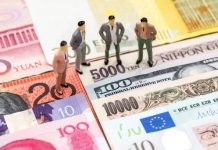



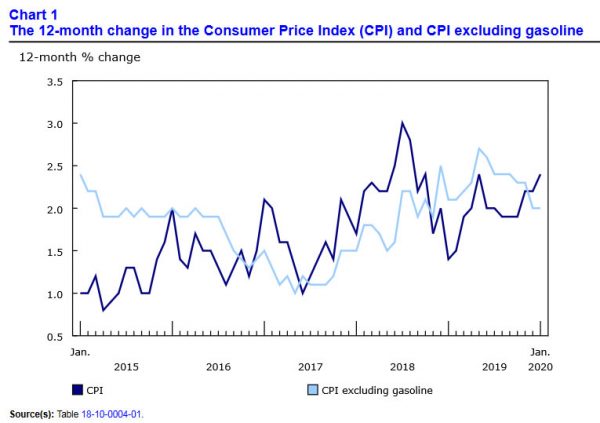
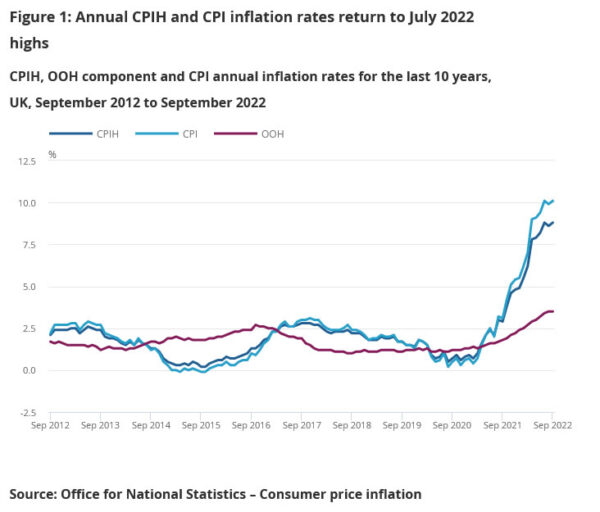
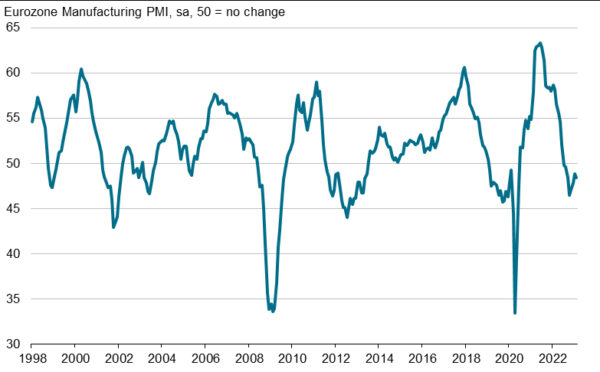
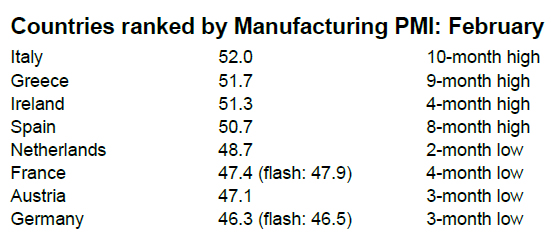
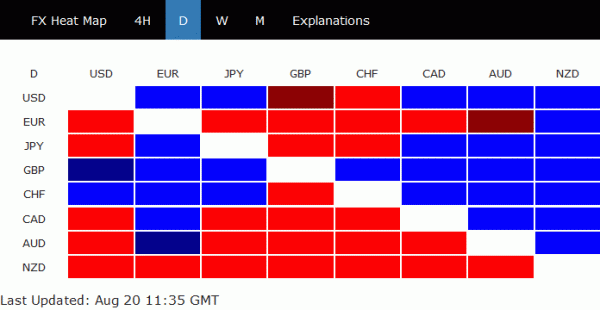
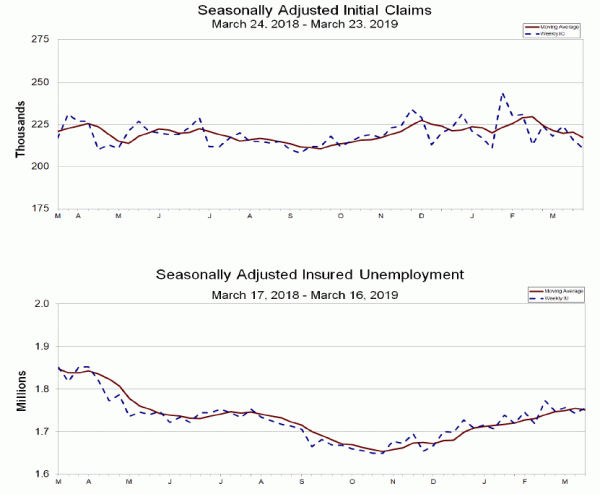
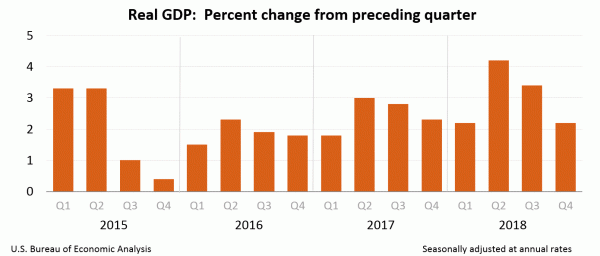
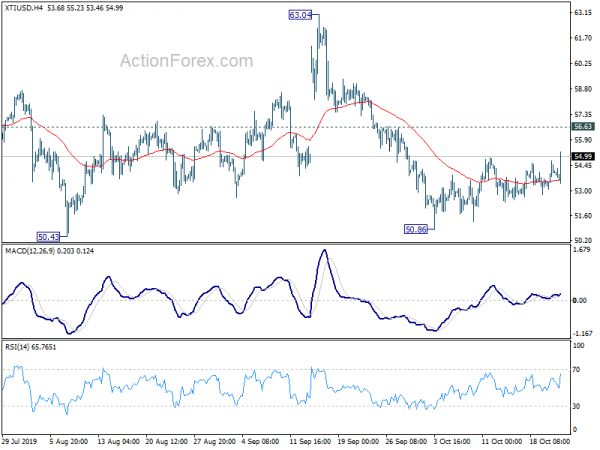
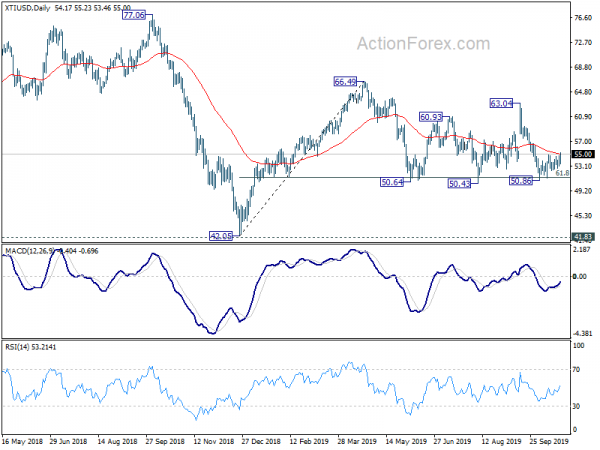
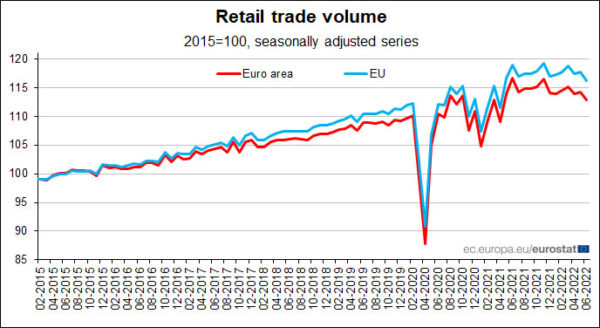
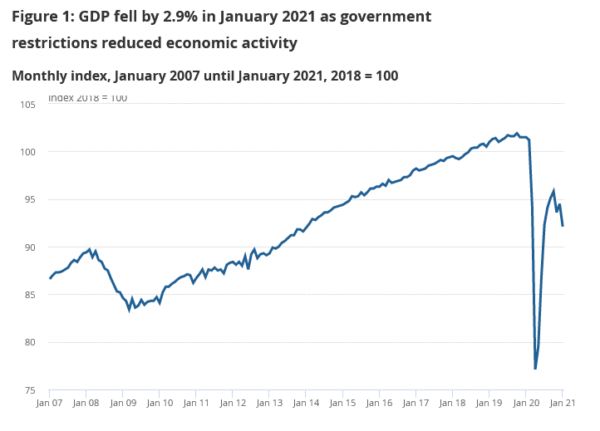
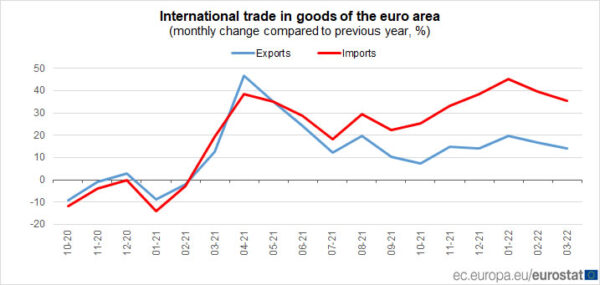
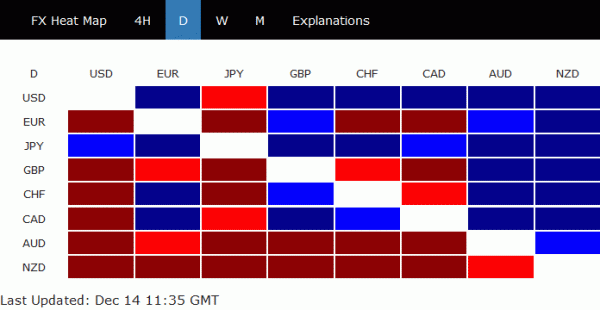
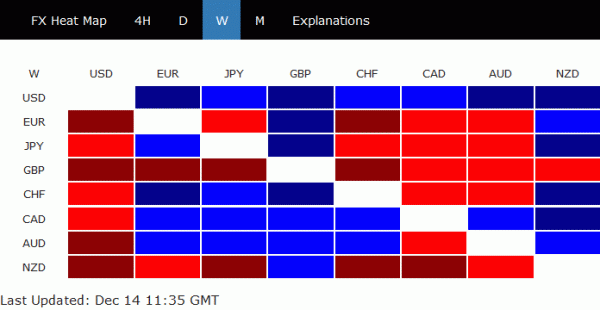
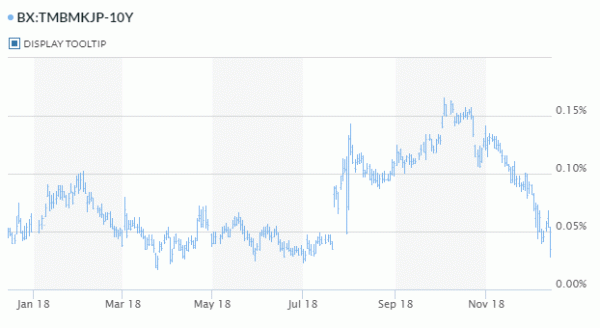
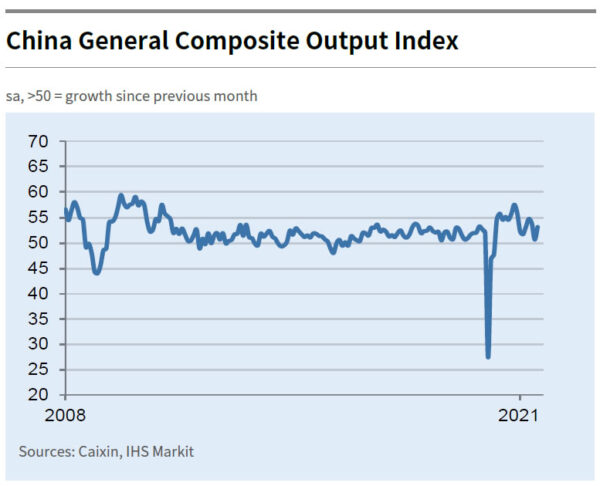
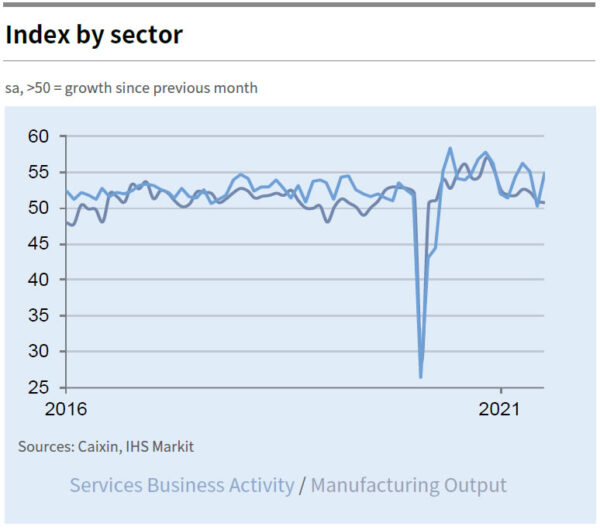
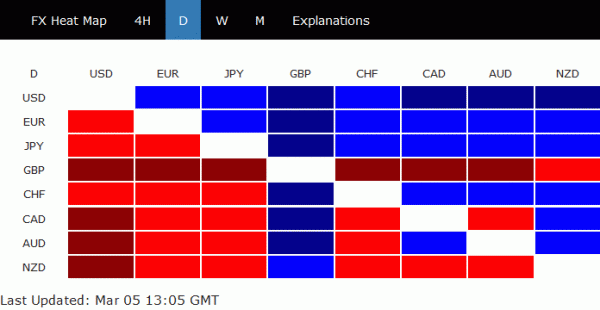
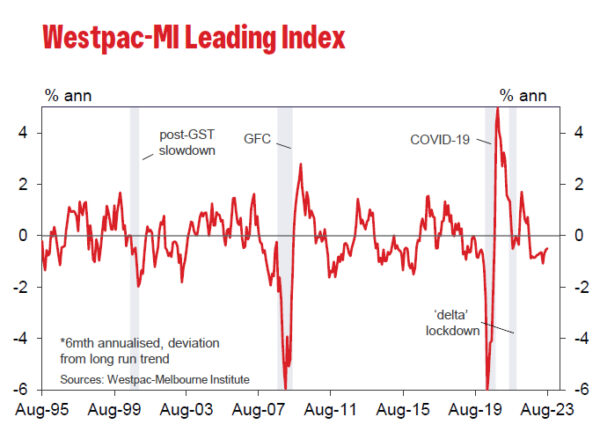

US Pompeo: Trump unambiguous about Huawei, no mixed message
US Secretary of State Mike Pompeo emphasized that President Donald Trump has been “unambiguous” regarding Huawei. And, “I don’t think there’s a mixed message at all”. Pompeo emphasized that “the threat of having Chinese telecoms systems inside of American networks or inside of networks around the world presents an enormous risk, a national security risk.”
The comments came after Commerce Department extended a 90-day reprieve that permits Huawei to buy components from American companies to supply existing customers. Yet, Trump indicated over the weekend that “We’re actually open not to doing business with them”, referring to Huawei.